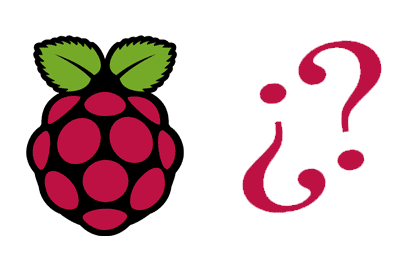We start with the entries on Raspberry Pi tutorials and other similar mini PCs. But, logically, before we start playing with it and delving into the tutorials, we need to know what Raspberry Pi is.
For those of you who still don’t know this phenomenon that has gained so much popularity, in this post we are going to see what Raspberry Pi is, what its origins are, what it is used for, and some of the keys that have led to its success in the Geek and Maker community.
In subsequent posts, we will delve into the tutorials of this little machine that can give us so much fun and enjoyment. In the meantime, we will focus on the topic at hand, answering the question,
What is Raspberry Pi?
Raspberry Pi is a mini computer of small size, low cost, and low power consumption whose first models were launched in April 2012.
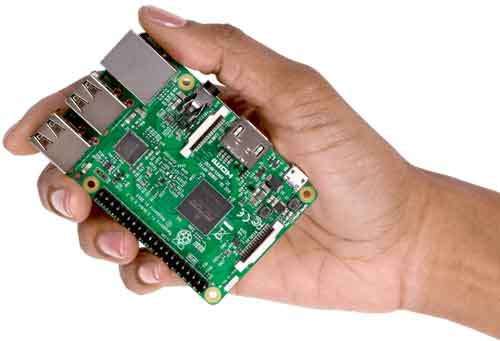
Generally, these types of mini computers run on Linux-based operating systems and are closely related to Open Software. However, the development of Raspberry Pi itself is not Open Hardware.
In addition to being a computer, Raspberry incorporates electronic functions such as GPIO (General Purpose Input/Output) pins, and communication functions such as UART (Universal Asynchronous Receiver-Transmitter), and SPI (Serial Peripheral Interface), I²C (Inter-Integrated Circuit).
These functions allow it to be used in electronics and robotics projects, interacting with sensors (temperature, light, acceleration, etc.) and actuators (motors, servos, relays, etc.). In this sense, we could say that it “shares” certain capabilities with devices like Arduino.
However, it is important to note that the power of these mini PCs is not comparable to that of a “conventional” computer. Although the latest models incorporate processors much superior to the first versions, the computing power, for reference, is more comparable to that of a modern smartphone.
Where did Raspberry Pi come from?
Raspberry Pi was developed in the United Kingdom by the Raspberry Pi Foundation, formed in 2008 by a group of technicians and academics such as Eben Upton, Rob Mulins, Jack Lang, Alan Mycroft, Pete Lomas, and David Braben.
According to its creators, the goal was to create a low-cost device that would allow a computer to be accessible to everyone and improve skills in computer science, programming, and electronics.
The Raspberry Pi project began in 2006 and was inspired by the BBC Micro, a computer that popularized computing in 1981. This computer had two models, A and B, and for this reason, the first version of Raspberry Pi also had two variants, A and B.
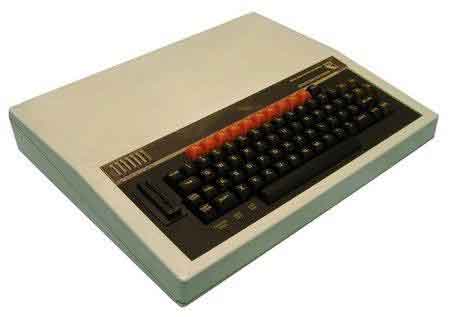
The name Raspberry is a nod to the historical fact that many of the computer developments of that time were named after fruits (Apple, Apricot, Tangerine, etc.). Pi, on the other hand, refers to the Python programming language, as it was originally intended for learning this programming language.
Why has Raspberry Pi been successful?
Beyond its initial goal of bringing computing to everyone, especially in education, the truth is that its low price, low power consumption, small size, and its electronic capabilities (GPIOs, UART, etc.) meant that it was a great success among the geek/maker community.
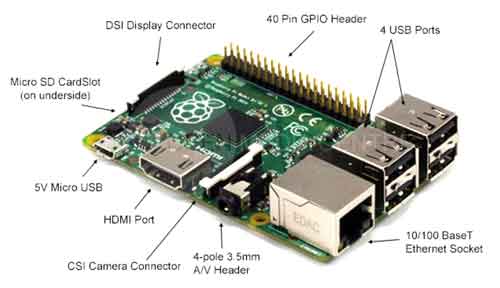
This has greatly contributed to its popularity, creating an active community of users who use devices like Raspberry Pi in a wide variety of projects.
The user community is one of the strong points of Raspberry, providing a large amount of development, documentation, tutorials, which contribute to the introduction and popularization of the device.
In fact, the success of Raspberry boards has been so great that there have been supply problems at various times (generally with the latest model released) because the demand was higher than the production capacity.
Some sellers take advantage of these occasional shortages to increase the price of these models. Be careful not to get “ripped off” and end up paying more than you should.
What can I do with a Raspberry Pi?
Although the power of a Raspberry Pi is lower than that of a conventional computer, it is still a fully functional computer. In addition, it has its own electronic functions.
Therefore, the possible uses are almost infinite, as many as you can imagine. In an internet search, you will find thousands of projects that use a Raspberry Pi.
Some of the more “conventional” and common projects include, for example, learning Linux or programming, connecting it to a television and using it as a media center, connecting hard drives and using it as a NAS server, or even as a small home server.

The less common (and more interesting) applications include all kinds of electronics and robotics projects, computer vision applications, IoT (Internet of Things) applications. There are even projects that connect several Raspberry Pi in parallel to create a mini-computing cluster.
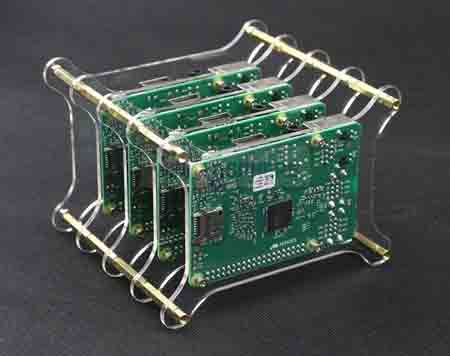
What models are there?
There are two families of Raspberry Pi, the “traditional” and a very small, more recent family called Zero. Each model in both families has its own CPU characteristics, RAM, number of ports, connectivity, etc.
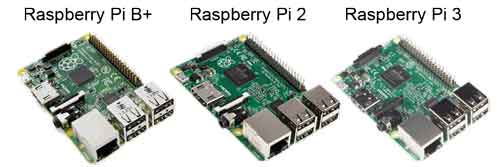
Therefore, the subject is extensive enough to deserve its own entry. Therefore, we will analyze the differences between them in an upcoming post.
Is it really so cheap?
This is a very interesting question. Is it so cheap? Yes and no. On the one hand, the prices of the boards are what they are, but many considerations must be taken into account.
The first factor is, as we have mentioned, the scarcity of some models due to high demand. For example, at the time of writing this post, we can find a Raspberry Pi 3, the latest model (Quad Core + Wifi) for 31€, including shipping costs. However, the Raspberry Pi Zero, which should theoretically cost 5€, is being sold for 20-25€ due to its scarcity and high demand.
On the other hand, depending on where you buy, you have to consider that the price you are given includes taxes and shipping costs.
In addition, we must consider the additional components that we must add to make it work. Some of these components are optional, and others are mandatory.
In the inevitable components, we will need a power adapter, which should preferably have a high amperage (more than 2A). This adds 4€ to the cost.

On the other hand, Raspberry does not have a “hard drive”, instead we have to use a micro SD card that we also have to buy. It is advisable to use a quality card, at least 8GB, and preferably class 10. This adds another 6€.
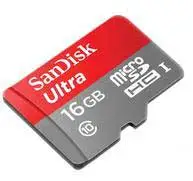
We also have optional components. In many cases, we will use the Raspberry Pi by connecting remotely via SSH or VNC, so we will not need a monitor, keyboard, or mouse.
However, it is very convenient to have a keyboard, mouse, and monitor nearby. Especially, the first boot and initial configuration are difficult to do completely remotely. Even more so if we are learning.
If we have an HDMI cable, a keyboard and mouse, and a monitor (or using the television) that we can use temporarily, we can avoid the expense. If not, it adds to the total price.
Optionally, we can add a plastic case (1-5€ depending on models), and heat sinks for the processors (0.25€) or a fan. These components are also sold in packs, from 2.5-5€.
In summary, taking a Raspberry Pi as an example, we can buy the “bare” board for 31€, including shipping. If we look, we can find a kit with the board, 2.5A adapter, HDMI cable, 16GB class 10 card, case, fan, and heat sinks for 48€.
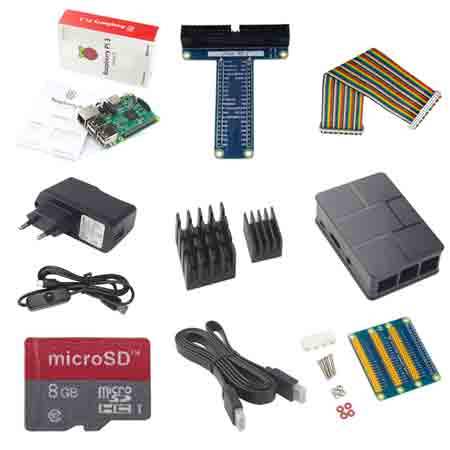
If we cannot temporarily use a keyboard, mouse, and monitor, or if we want to leave it fixed and use it as a “traditional computer”, we will have to add the cost. Let’s assume 20€ for the keyboard and mouse, and 80€ for the monitor.
If we need everything, we would be going up to 150€ and we would be entering a range where we have other alternatives, such as cheap tablets and laptops.
Are there alternatives/competitors?
Of course, just as we have a whole community that revolves around Raspberry Pi, we also have a large number of alternatives and competitors.
Among the many alternatives, we can highlight Orange Pi, a board of Chinese manufacture with similar characteristics to Raspberry Pi and a much lower cost. Other notable alternatives include Banana Pi, Cubieboard, ODroid, Pine64, BeagleBone, among many others.
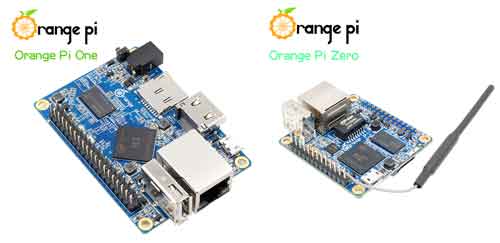
However, it is important to note that these alternatives do not have the strong community that Raspberry Pi has, which means that it is generally much more difficult to learn how to use them because it is harder to find software, documentation, tutorials, etc.
On the other hand, we sometimes see comparisons of Raspberry Pi with boards and mini PCs that cost 100-200€. Well, for me, that is not an appropriate comparison, because we have completely left the range of mini PCs of 30-60€, and entered the range of conventional computers and barebones.
It is also common to see comparisons with mini PCs that do not have electronic functions (GPIO, UART, SPI…). For me, this is also not an appropriate comparison, because they do not include one of the most interesting and distinctive features of Raspberry Pi and its real alternatives.
In future posts, we will also cover some of these alternatives. But for now, it is enough to present what Raspberry Pi is, its origins, and some of the key reasons for its success. We will continue to delve into these interesting devices and the Raspberry Pi community soon.
